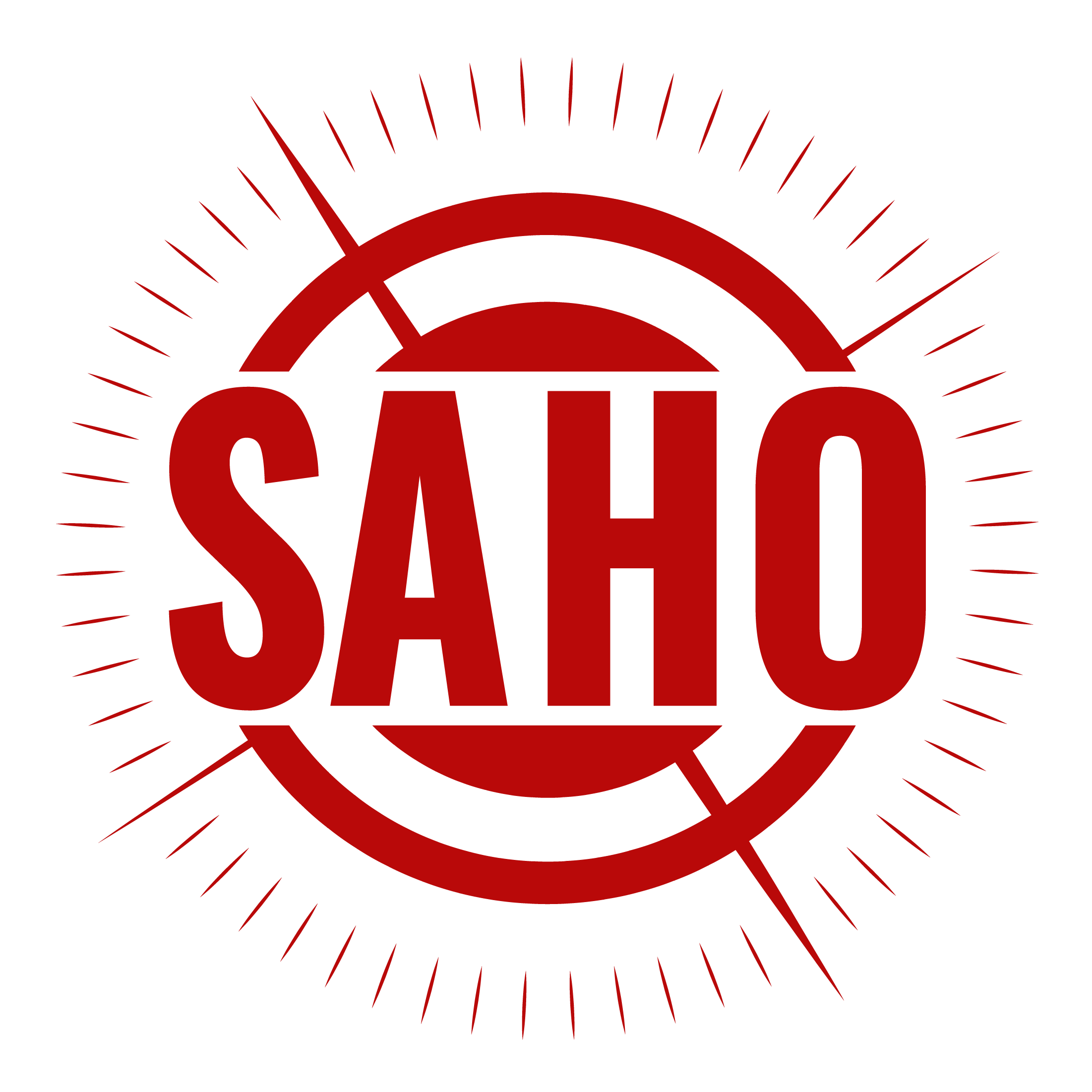Bonteheuwel is a coloured Township situated North of Cape Town. It was created in the 1960's as a "Dumping Site" for coloured people, who had been forced to move out of Cape Town. This was a result of the Group Areas Act of 1950, were the land was divided into: blacks and whites distinct residential zones, the beginning of Apartheid! This act established the distinct areas of South Africa in which members of each race could live and work, typically setting aside the best urban, industrial, and agricultural areas for whites. The area was conceived as a letting scheme owned by the then Cape Town City. The construction of housing in Bonteheuwel (proper) started in 1961 and was completed in 1964.
In the 2001 national census, Bonteheuwel had a population of 55 707, of whom 95% were classified as coloured and 4% as Black African, indicating the results of the Group Areas Act. Afrikaans is the dominant language at 76%, while English is spoken as a home language by a further 22%. The housing profile of Bonteheuwel is dominated by brick houses on separate stands in which 72% of the population lives, followed by semi-detached houses in which a further 11% of population lives, while backyard dwellings – both brick structures and informal dwellings – are home for a further 11% of the people.
This Area is Bonteheuwel is a coloured Township situated North of Cape Town. It was created in the 1960's as a "Dumping Site" for coloured people, who had been forced to move out of Cape Town. This was a result of the Group Areas Act of 1950, were the land was divided into: blacks and whites distinct residential zones, the beginning of Apartheid! This act established the distinct areas of South Africa in which members of each race could live and work, typically setting aside the best urban, industrial, and agricultural areas for whites. The area was conceived as a letting scheme owned by the then Cape Town City. It comprised four areas, namely Bonteheuwel (proper), Bluegum, Netreg and Kalksteenfontein. The construction of housing in Bonteheuwel (proper) started in 1961 and was completed in 1964.
In the 2001 national census, Bonteheuwel had a population of 55 707, of whom 95% were classified as coloured and 4% as Black African, indicating the results of the Group Areas Act. Afrikaans is the dominant language at 76%, while English is spoken as a home language by a further 22%. The housing profile of Bonteheuwel is dominated by brick houses on separate stands in which 72% of the population lives, followed by semi-detached houses in which a further 11% of population lives, while backyard dwellings – both brick structures and informal dwellings – are home for a further 11% of the people.
This Area is predominantly is made up of financially and impoverished, struggling community!
Bonteheuwel's Freedom Square is now officially a Provincial Heritage Site. The square, in the suburb's central business district (CBD), holds historic significance. It is the place where anti-apartheid freedom fighters often gathered to strategize and organise. During the liberation struggle, Freedom Square was a space for congregation and political meetings. The Bonteheuwel Civic, the library, the staircases and platforms surrounding the library would act as assembly and meeting points, which provided a platform for activists to address crowds.





